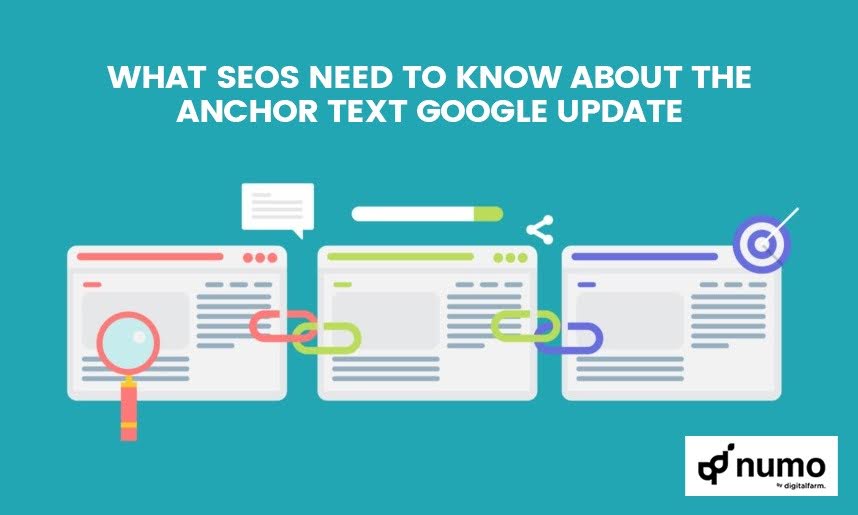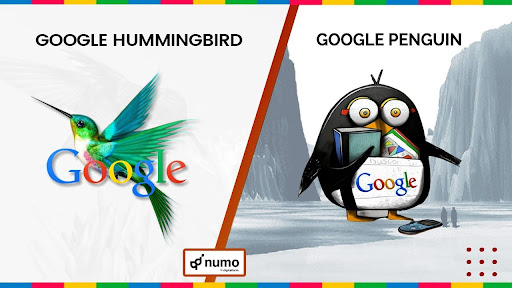Anchor Text Optimization for Google’s Latest Algorithm Updates
With Google’s ever-evolving algorithm updates, it is essential for website owners and SEO professionals to stay updated on the latest best practices to ensure their content ranks high in search engine results. One crucial aspect of SEO is anchor text optimization. In this blog, we will explore the significance of anchor text, its impact on search rankings, and how to optimize it in accordance with Google’s latest algorithm updates.
Anchor text optimization is a crucial aspect of SEO, and Google’s algorithm updates are constantly evolving. SEO agencies can help website owners stay informed about the latest changes and implement effective anchor text optimization strategies.
Google’s latest algorithm updates have made anchor text optimization even more important. In the past, SEOs could often get away with using spammy anchor text practices, such as stuffing their anchor text with keywords or using the same anchor text over and over again. However, Google is now much better at detecting and penalizing these practices.

Understanding Anchor Text
Anchor text refers to the clickable text in a hyperlink. It plays a vital role in helping search engines understand the context and relevance of the linked page. Properly optimized anchor text can enhance the user experience, increase organic traffic, and improve search engine rankings.
Google's Algorithm Updates and Anchor Text Optimization:
Over the years, Google has made significant updates to its algorithms to provide the most relevant and high-quality search results. These updates have also impacted how anchor text is evaluated. Let’s take a look at some of the recent algorithm updates and their implications for anchor text optimization.
- Penguin Update:
In 2012, Google introduced the Penguin update to punish websites that used manipulative link building strategies. This included over-optimizing anchor text. Since then, Google has become more vigilant in identifying and penalizing websites with spammy or unnatural anchor text profiles.
With the experience of the Penguin update in 2016 the update became a part of the so-called Google core algorithm. Now running concurrently with the core, Penguin evaluates websites and links in real-time. This means that you can see (reasonably) instant impacts of your link building or remediation work.
The Penguin algorithm is designed to penalize websites that have unnatural or spammy link profiles. This includes links with over-optimized anchor text. For example, if a website has a lot of links from other websites with anchor text like “best SEO company in the world,” Google may suspect that the website is trying to manipulate the search results.
To avoid being penalized by the Penguin algorithm, it is important to use anchor text that is natural and relevant to the content of your pages. For example, if you have a page about SEO services, you should use anchor text like “SEO services” or “SEO company.”

- Hummingbird Update:
The Hummingbird update, launched in 2013, focused on understanding the context and intent behind user queries. This update shifted the emphasis from exact-match anchor text to more natural and semantic signals. Google now values anchor text that provides valuable information to users and enhances their overall search experience.
The Hummingbird algorithm is a more recent update to the Google search algorithm. It is designed to better understand the meaning of search queries and to provide more relevant results.
Hummingbird takes into account a variety of factors, including anchor text, when ranking websites. However, anchor text is no longer as important as it used to be. Hummingbird is also able to understand the context of anchor text, so it is no longer as easy to manipulate the search results with over-optimized anchor text.
Overall, it is important to use anchor text that is natural, relevant, and descriptive of the content of your pages. This will help you to avoid being penalized by the Penguin algorithm and to improve your rankings in the Hummingbird algorithm.
Impact of Google's Latest Algorithm Updates on Anchor Text
In the latest algorithm update, Google has made it even more difficult to game the system with anchor text optimization. Here are some of the key changes:
- Google is paying more attention to the context of anchor text. In the past, Google would simply count the number of times a keyword appeared in anchor text. However, now Google is also looking at the surrounding text to see if the anchor text is natural and relevant.
- Google is penalizing websites with over-optimized anchor text profiles. This means that websites that use too many exact match or partial match anchor text links are more likely to see their rankings suffer.
- Google is encouraging websites to use a variety of anchor text types. In addition to exact match and partial match anchors, Google also wants websites to use descriptive anchor text phrases and navigational anchors.
Tips for how optimizing your anchor text for Google's latest algorithm updates accordingly
- Use a variety of anchor text: As mentioned above, it is important to use a variety of anchor text when building backlinks. This will help to make your link profile look more natural to Google.
- Use descriptive anchor text: Your anchor text should be descriptive of the page that you are linking to. This will help users to understand where they are being taken when they click on the link.
- Use natural language: Your anchor text should sound natural and conversational. Avoid using keyword-stuffed or over-optimized anchor text.
- Use branded anchor text: Branded anchor text is a great way to build brand awareness and improve your brand’s visibility in the search results.
- Use contextual anchor text: Contextual anchor text is anchor text that is relevant to the content of the page that it is on. This type of anchor text is more likely to be clicked on by users and is also valued by Google.
- Diverse Anchor Text: Maintain a healthy mix of anchor text variations. Incorporate branded, generic, and long-tail anchor text to create a diverse and natural link profile. This approach not only aligns with Google’s intent but also enhances the user experience.
- Internal Linking Optimization: Optimize anchor text within your website’s internal links. This helps search engines understand the relationships between different pages and improves overall site structure. Utilize relevant and descriptive anchor text to guide users through your website effectively.
- Avoid Over-Optimization: Refrain from using excessive exact-match anchor text. Instead, prioritize providing value to users and creating a natural link profile. Over-optimization can lead to penalties and negatively impact your search rankings. You should also avoid using over-optimized anchor text, such as “best SEO services in the world.” This type of anchor text looks unnatural to Google and can actually hurt your rankings.
Follow these tips to optimize your anchor text for Google’s latest algorithm updates and improve your search result rankings.
Conclusion:
Anchor text optimization is an important part of any SEO strategy. To rank higher in search results, optimize your anchor text for Google’s latest algorithm updates. Follow the tips in this blog post. Remember that Google is always updating its algorithm. Stay informed about the latest changes and adjust your SEO strategy accordingly.
Still struggling to boost your website with anchor text? Get in touch with the leading digital marketing agency in Abu Dhabi now to boost your business on Google with effective anchor text strategies.

